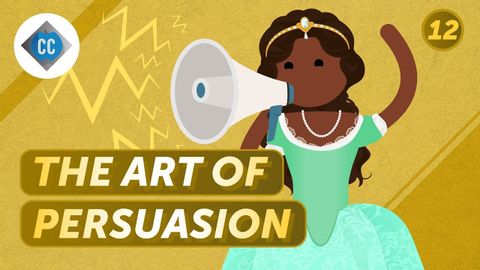
Subtitles & vocabulary
How to Sell Anything: Crash Course Entrepreneurship #12
00
林宜悉 posted on 2020/03/30Save
Video vocabulary
potential
US /pəˈtɛnʃəl/
・
UK /pəˈtenʃl/
- Adjective
- Capable of happening or becoming reality
- Having or showing the capacity to develop into something in the future.
- Uncountable Noun
- someone's or something's ability to develop, achieve, or succeed
A2TOEIC
More entrepreneur
US /ˌɑntrəprəˈnɚ, -ˈnʊr/
・
UK /ˌɒntrəprə'nɜ:(r)/
- Noun (Countable/Uncountable)
- Businessperson who develops new businesses
- A person who identifies a need and starts a business to fill it.
B2
More develop
US /dɪˈvɛləp/
・
UK /dɪ'veləp/
- Verb (Transitive/Intransitive)
- To explain something in steps and in detail
- To create or think of something
A1TOEIC
More fear
US /fɪr/
・
UK /fɪə(r)/
- Noun (Countable/Uncountable)
- Unpleasant feeling caused by being aware of danger
- A feeling of reverence and respect for someone or something.
- Verb (Transitive/Intransitive)
- To be afraid of or nervous about something
A1TOEIC
More Use Energy
Unlock All Vocabulary
Unlock pronunciation, explanations, and filters
